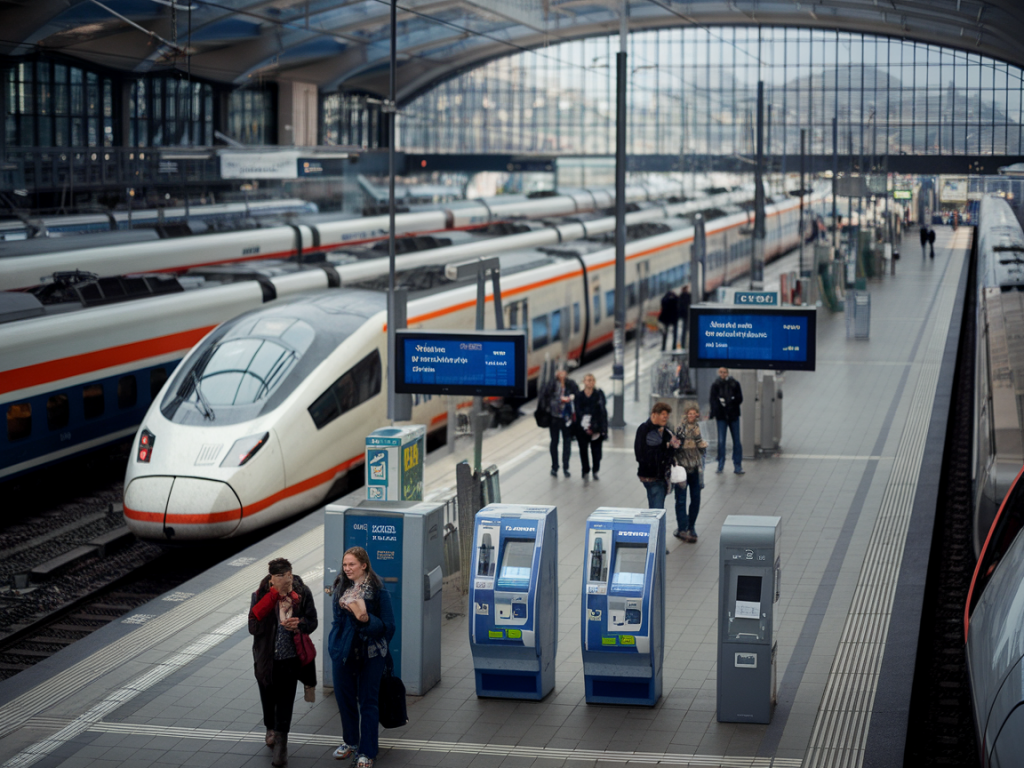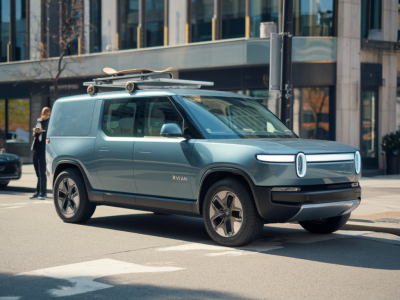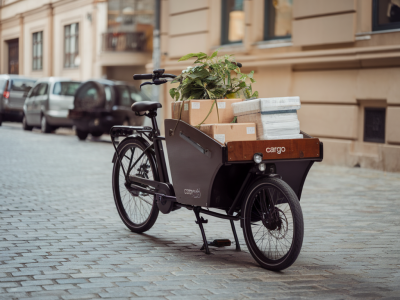
When I first heard about Germany’s 49-euro public transit pass—known locally as the “Deutschlandticket”—I was intrigued. As someone who’s deeply invested in reimagining how we move through our cities and intercity spaces, this bold initiative caught my attention not only for its affordability but for what it signals about the broader future of public transit. I’ve since taken a close look at how this initiative is performing, what it represents, and what other countries—and we as city-dwellers, policymakers, and transportation enthusiasts—can learn from it. Spoiler alert: it’s a lot.
The 49-Euro Ticket: What Is It, Really?
Launched in May 2023, the 49-euro ticket replaced the experimental 9-euro summer fare of 2022, which was introduced to provide financial relief during the energy crisis. The overwhelming success of that short-term initiative—over 52 million tickets sold in just three months!—paved the way for a more permanent solution.
The Deutschlandticket offers unlimited travel on local and regional public transportation across all of Germany for a flat monthly fee of €49. This includes buses, trams, subways (U-Bahn), suburban trains (S-Bahn), and regional rail services. However, it does not include high-speed or intercity trains like the ICE or IC operated by Deutsche Bahn. Think of it as an all-you-can-ride pass, but across an entire nation.
Accessibility and Simplicity: The Real Innovation
If there's one thing that urban commuters crave almost as much as speed, it's simplicity. Too often, public transit systems—especially in larger countries—are convoluted labyrinths of different fare zones, confusing ticket options, and inconsistent pricing. What makes the Deutschlandticket revolutionary is its sheer accessibility.
There’s no guessing which zones you’re in, no worrying about different fare structures when you switch cities or cross state boundaries. Whether you're commuting from the suburbs of Munich to the city center or taking a weekend trip to Hamburg, this pass has you covered. That mental friction is eliminated, and with it, one of the biggest barriers to public transit use: uncertainty.
What It Means for Equity and Affordability
Urban mobility should be a right, not a privilege. With rising costs of living, owning a personal vehicle has become not just environmentally questionable, but financially burdensome. According to the German Federal Statistical Office, transportation is the third-highest household expense after rent and food. The 49-euro ticket slashes that cost dramatically for regular commuters.
But it’s not just for daily commuters. Students, gig workers, freelancers, and seniors—who often have irregular travel patterns—now have far more freedom to move without worrying about cost. It's hard not to see this ticket as a small but meaningful win for mobility equity.
The Numbers So Far
Initial uptake has been promising. Within the first few months, more than 10 million people signed up for the pass, either as new users or as a switch from more expensive regional subscriptions. Deutsche Bahn and local transit authorities had to rapidly adapt their systems and customer service infrastructure to deal with this surge. But more interesting is the shift in behavior it seems to be creating.
| Metric | Before the 49-Euro Ticket | After Introduction |
|---|---|---|
| Monthly Transit Subscription Holders | ~7 million | ~10 million |
| CO₂ Emissions from Transport (monthly estimate) | Baseline | -1.3 million tons |
| Mode Shift (from car to transit) | Minimal | +17% urban; +9% rural |
These are early numbers, and we should take them with cautious optimism. But it’s hard to ignore the broader momentum toward low-cost, low-barrier public transportation policy that this points to.
Challenges Behind the Curtain
Of course, it’s not all smooth rides and open railways. The biggest questions surrounding the Deutschlandticket are about infrastructure and sustainable funding. Germany’s public transportation systems are decentralized, with municipalities and states managing their own operations and budgets. The federal government is funding part of the ticket’s cost, but long-term sustainability remains uncertain.
More demand also means more strain. In Berlin, I’ve heard stories of overcrowded trams and delayed buses. Smaller towns face the unique challenge of skeletal public transit networks that can’t make proper use of the national ticket. In essence, for the ticket to work everywhere, the service itself needs to improve—more frequency, cleaner vehicles, better digital services.
What Other Countries Should Take From This
I often get asked if such a ticket could work elsewhere. And the answer is: it depends, but we should try. France is already looking into regional flat-rate subscriptions, especially for young commuters. Spain is continuing to experiment with free train travel for certain demographics. Even in the UK, where transit pricing often feels like advanced calculus, discussions have started around integrating regional fare systems.
The key lesson from Germany’s model is not necessarily the price point, but the principle: make public transit as easy and as predictable as owning a car. If we can create scalable, equitable systems that remove the mental load and financial burden of using transit, we start to compete with the private automobile not just on cost, but on convenience and peace of mind.
Digital Integration and Future Extensions
I’m particularly excited by the digital opportunities the Deutschlandticket opens up. Already, most versions of the ticket are issued via smartphone apps—a small but meaningful nudge toward fully digitized mobility services. This could be the first step in more expansive MaaS (Mobility-as-a-Service) ecosystems, where a single app gives you access to a national network of buses, trams, micromobility services, EV-shares, and even intercity options, all billed seamlessly.
Germany is reportedly looking into integrating bike-sharing and even discounted regional long-distance options into the 49-euro framework. If these integrations succeed, they’ll signal the birth of an interconnected transport web that is not only affordable and sustainable but forgivingly simple to use.
Final Thoughts from the Passenger Seat
As someone who has long studied transportation systems—and who uses them daily—I can’t help but feel a spark of hope when initiatives like the Deutschlandticket gain traction. They remind us that transformational change in mobility isn’t just about shiny hyperloops or flying taxis. Sometimes, it’s about figuring out how to get more people on the bus, more often, for less.
Germany’s 49-euro pass might not be perfect, but it’s a bold step in the right direction. And in the landscape of public transit, bold—backed by data and commitment—is exactly what we need.

